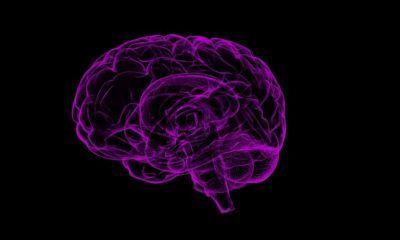Certain monkeypox symptoms seen now are rather different from the ones reported during previous outbreaks in African regions, a new study has found. Researchers are urging clinicians to be aware of these symptoms as well.
For their paper, published Thursday in The British Medical Journal (BMJ), the researchers looked at 197 patients with confirmed monkeypox infections in London between May and July 2022. They were all men, with 196 of them identifying as gay, bisexual or other men who have sex with men. Their median age was 38.
All of them had lesions, typically in the genitals or the perianal area, while 86% also developed a systemic illness, with symptoms such as fever, muscle aches and swollen lymph nodes, the BMJ noted in a news release.
However, the researchers also noticed symptoms such as penile swelling (penile oedema) and rectal pain – features that were different from those seen in previous outbreaks. The men also displayed other symptoms such as swollen tonsils and solitary lesions that weren’t known to be features of monkeypox.
Some of the symptoms were even severe enough to require hospital admissions. Compared to current case reports, wherein the systemic symptoms typically precede the skin lesions, 38% of the patients developed the symptoms after the onset of the lesions.
“The characteristics of the cohort we describe differ from those of populations affected in previous outbreaks in endemic regions,” the researchers wrote.
Penile swelling and rectal pain, for instance, were the most common symptoms in patients who were admitted to hospitals. However, these, as well as the other “relatively common” symptoms, were not included in the public health messages. Some 14% of the cases that the researchers looked at did not even meet the U.K. Health Security Agency’s guidance.
The agency’s definitions of possible and probable monkeypox infections include signs such as an unexplained rash, fever, exhaustion, joint pain, intense headaches, backache and swollen lymph nodes.
The research team has urged clinicians to also consider the additional symptoms while diagnosing monkeypox in patients.
“These presentations should be included in public health messaging to aid early diagnosis and reduce onward transmission,” they wrote, noting that their findings confirm the ongoing “unprecedented community transmission” of the virus among gay, bisexual and other men who have sex with men.
Among the patients, only one had recent travel links to a monkeypox endemic region.
“Disseminating awareness of atypical presentations is of vital clinical importance as failure to recognize monkeypox infection as a possible differential could pose a major risk to health care professionals and other contacts,” researchers said.















